-
 1
1
Case Number : Case 3079 - 22 April 2022 Posted By: Dr. Richard Carr
Please read the clinical history and view the images by clicking on them before you proffer your diagnosis.
Submitted Date :
M60. Right mid-back near midline. 10 x 8mm irregularly pigmented lesion. Has atypical moles and is under yearly observation.

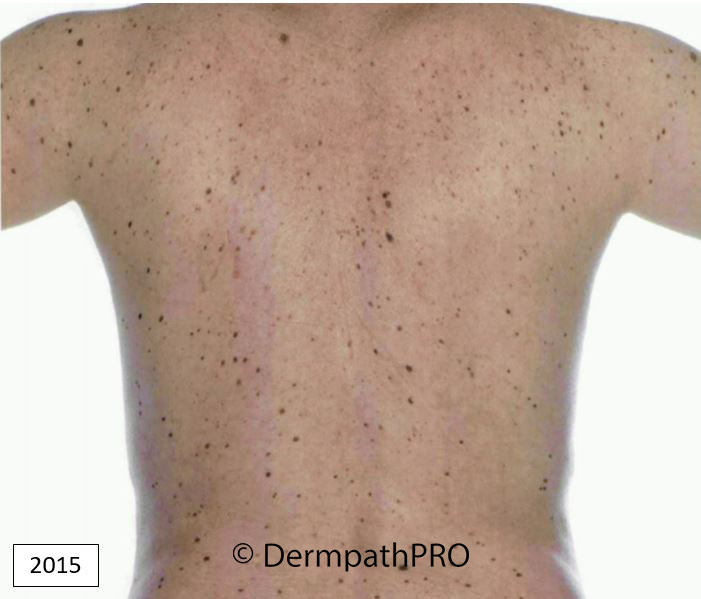
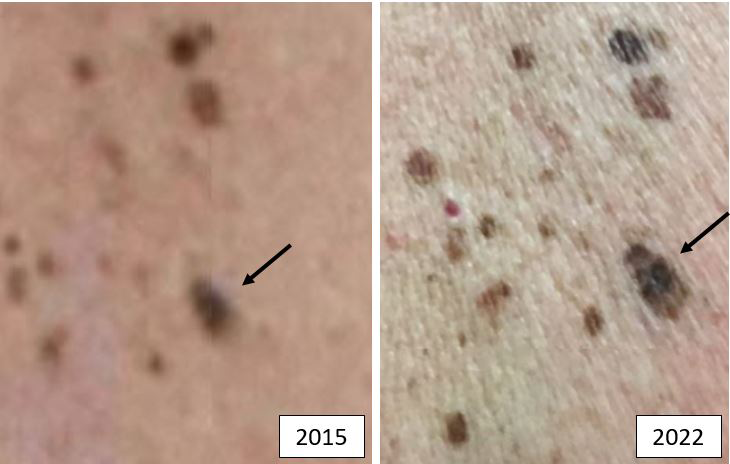

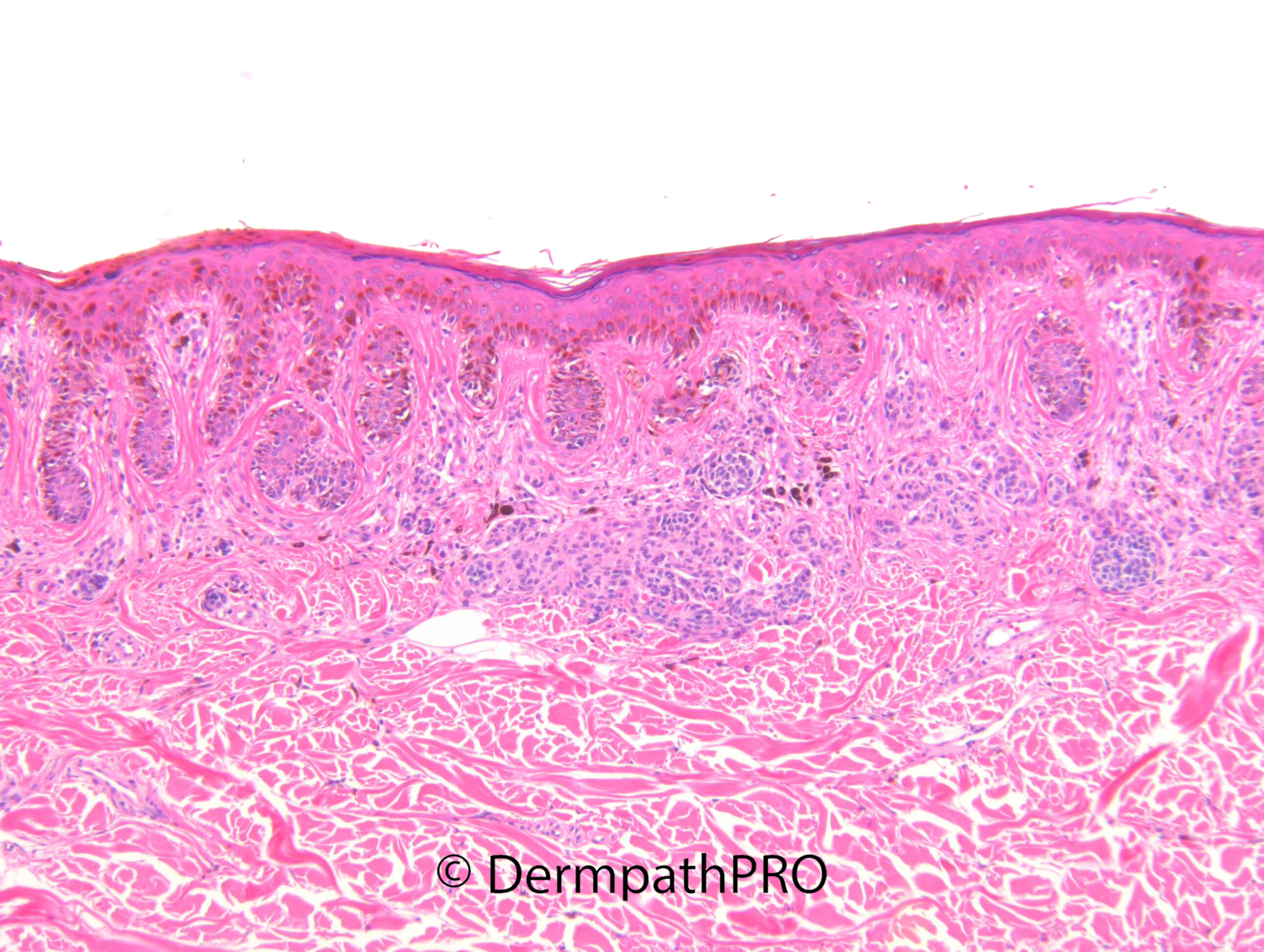
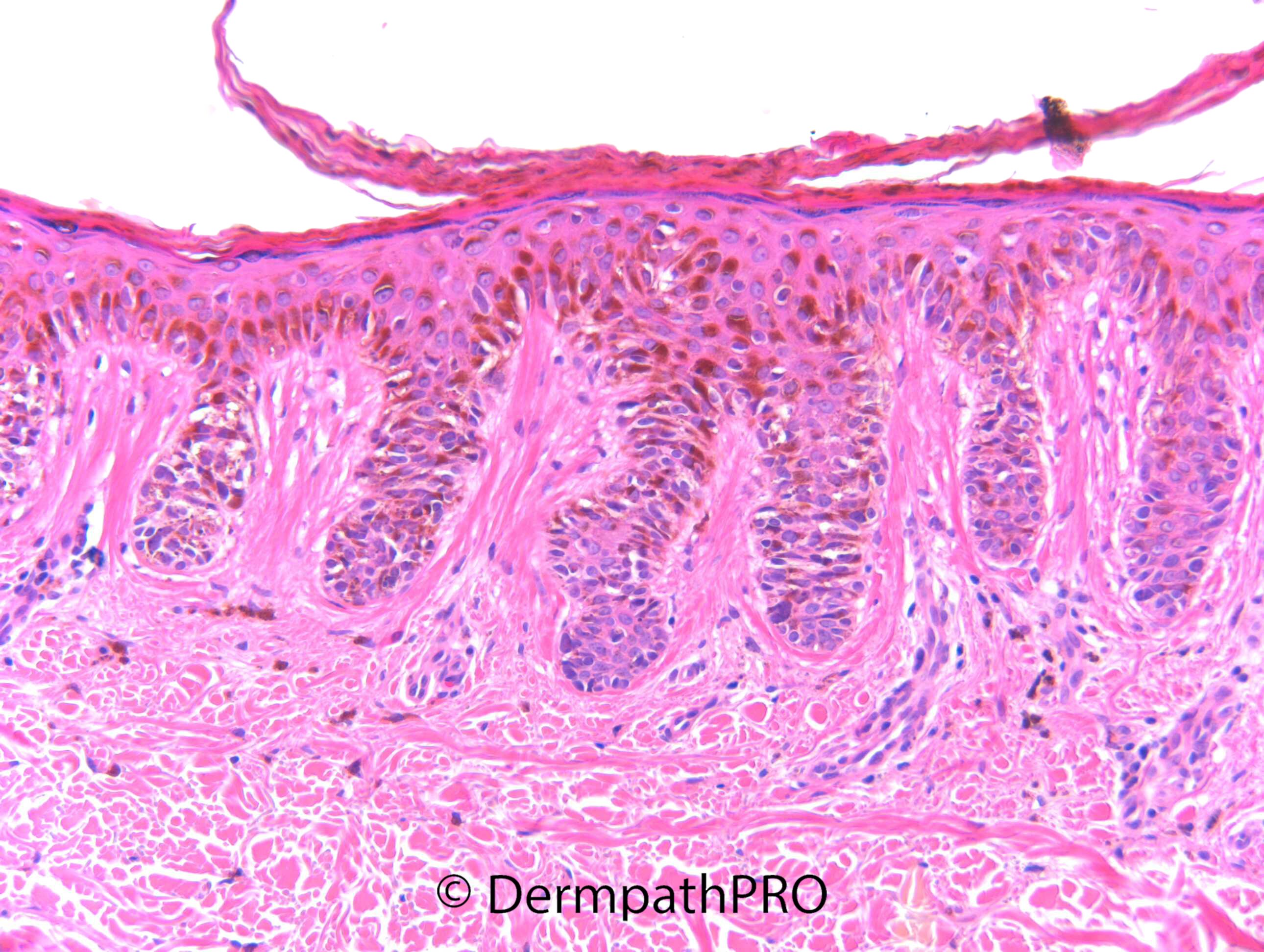
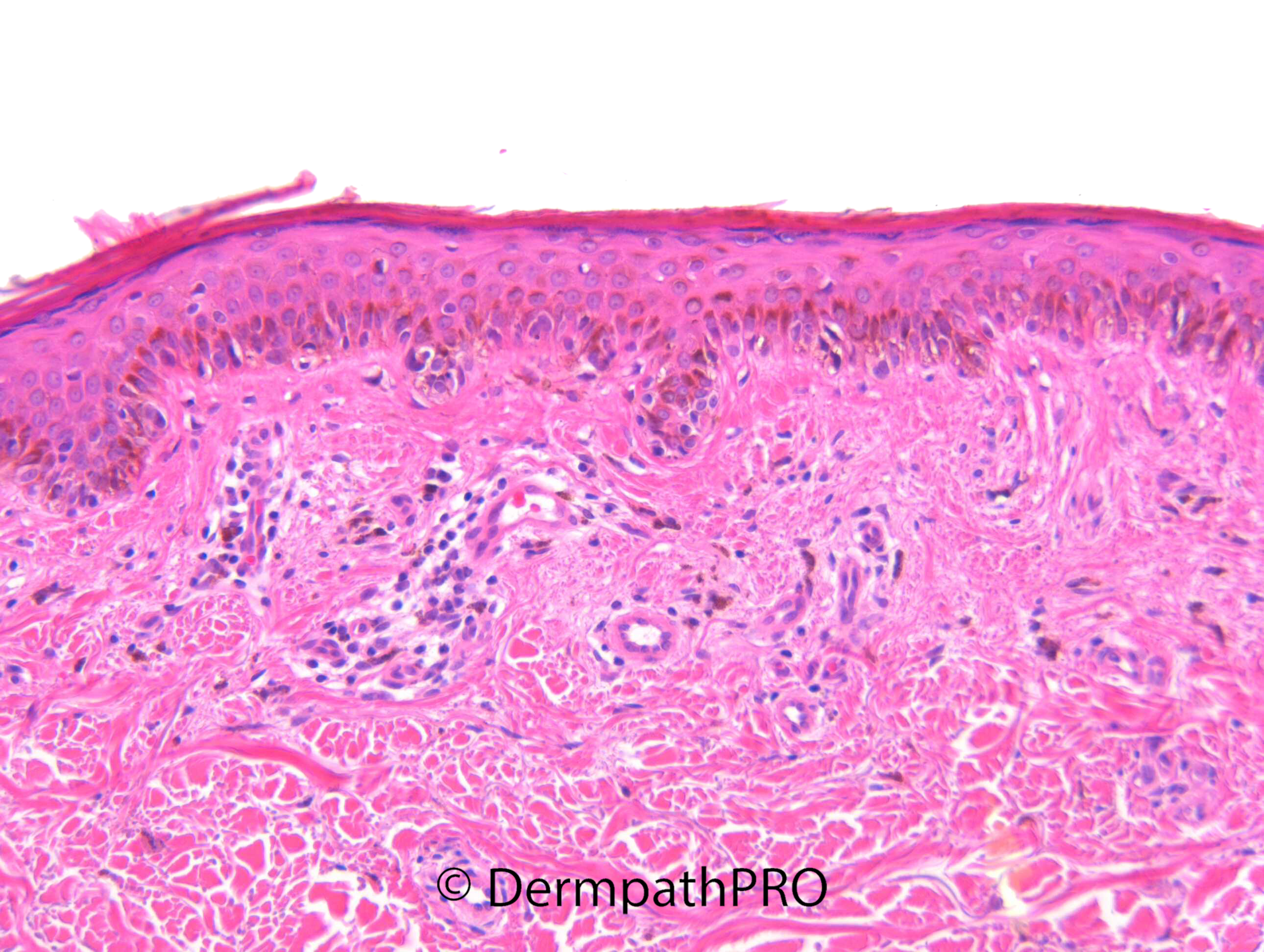
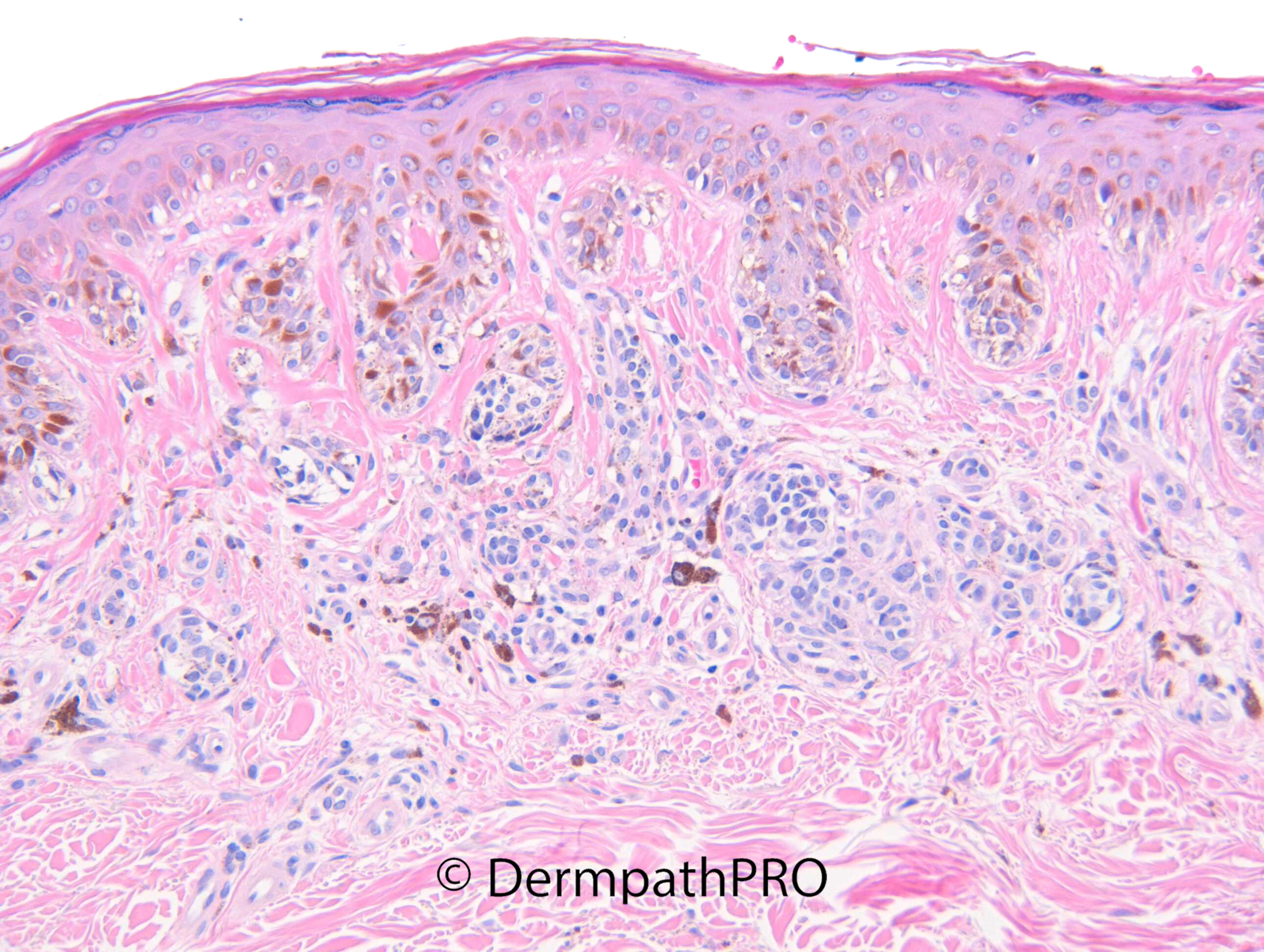

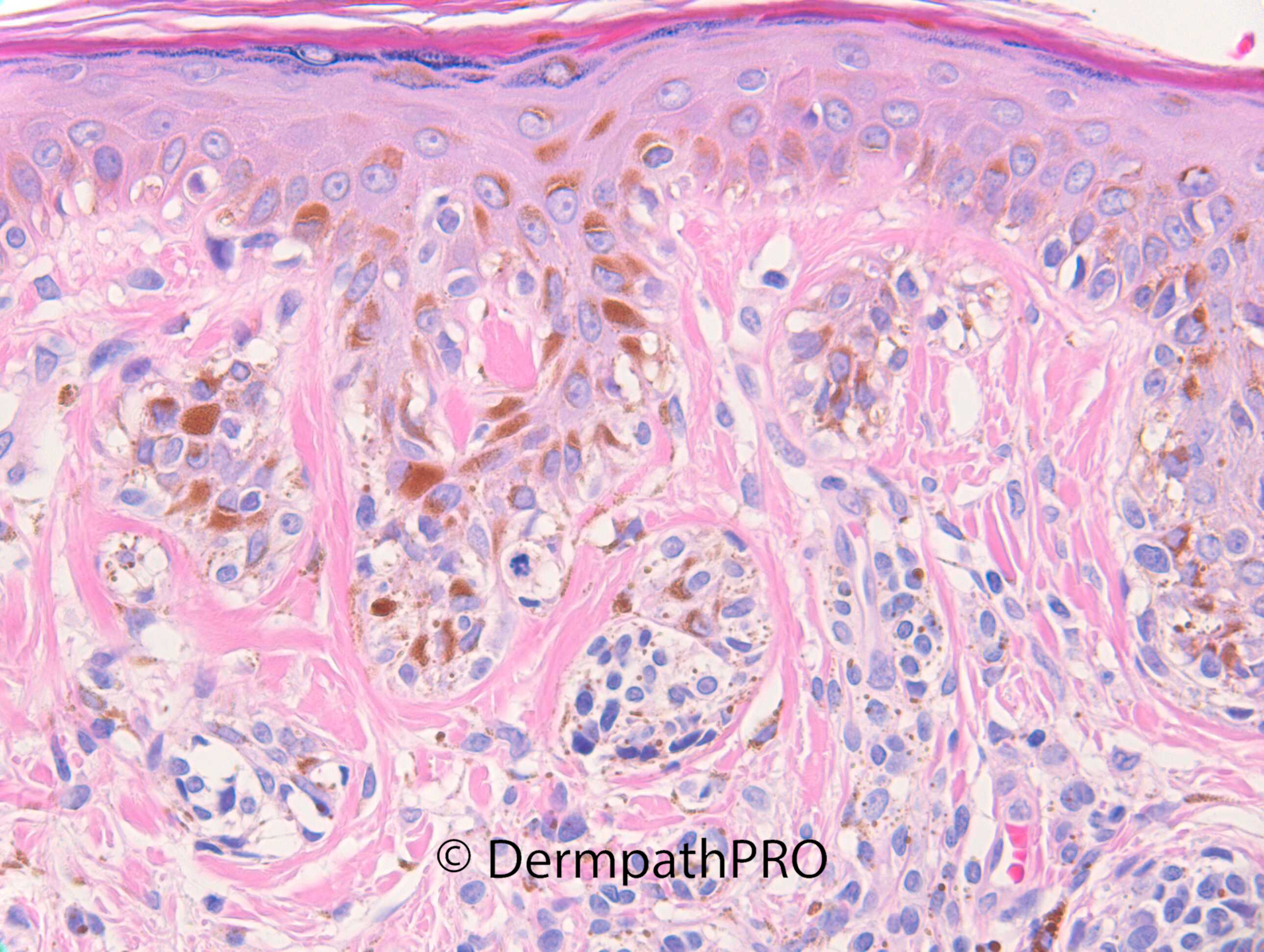
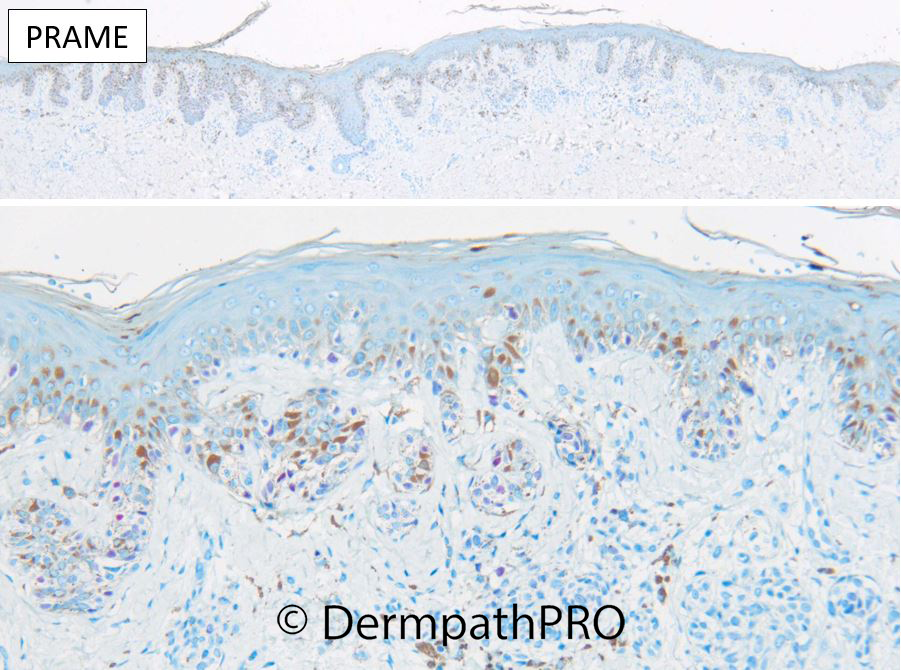
Join the conversation
You can post now and register later. If you have an account, sign in now to post with your account.